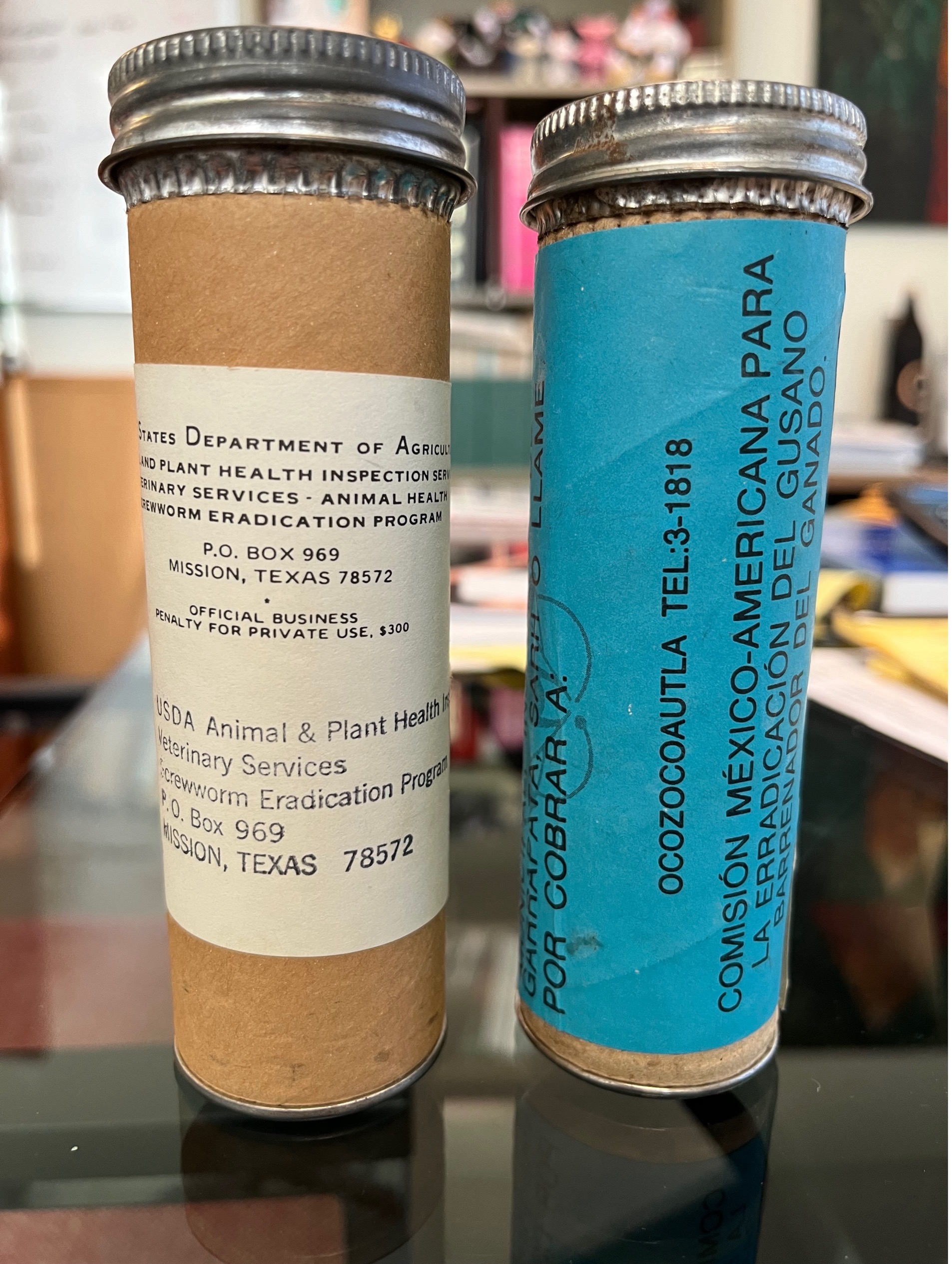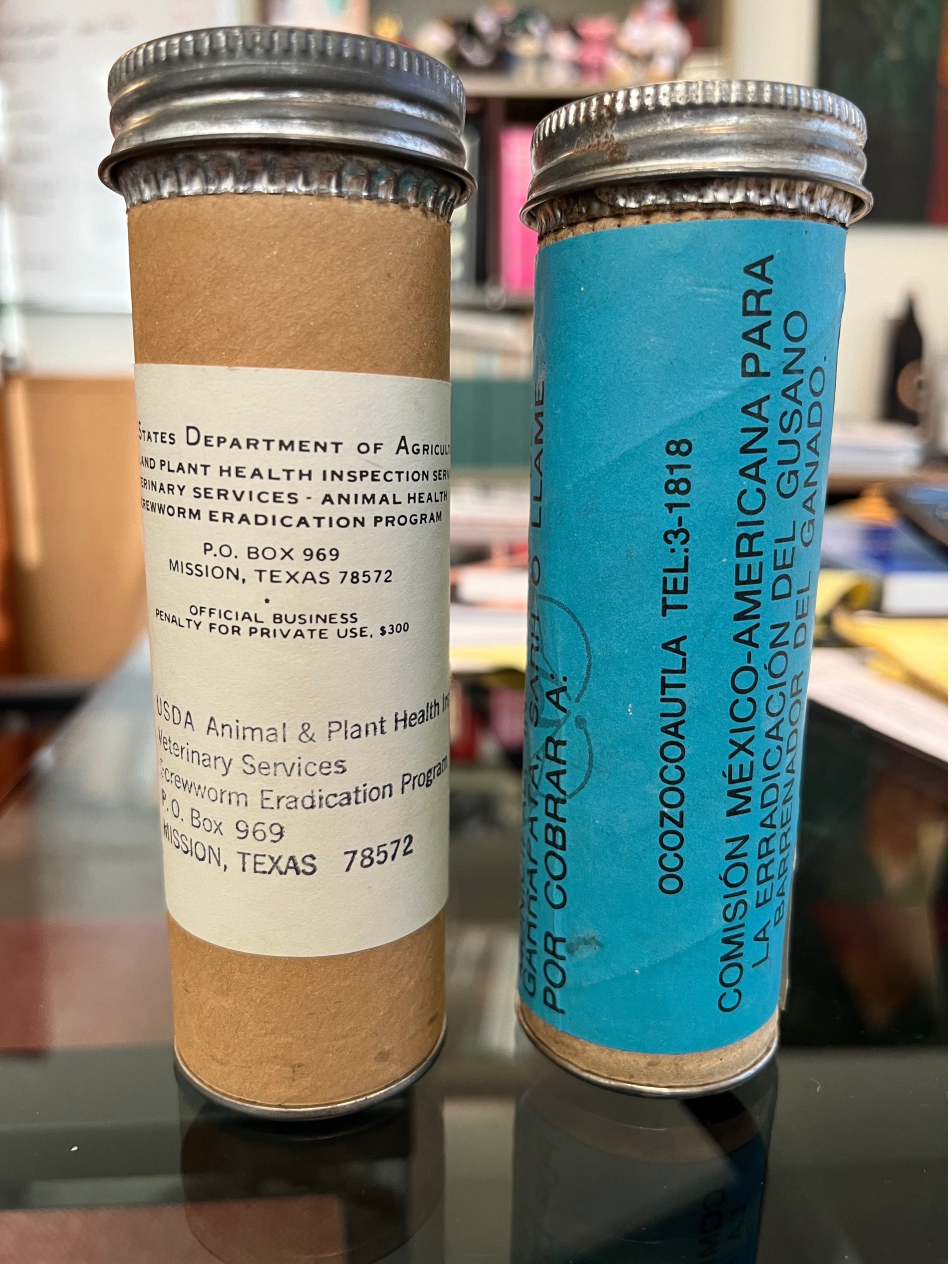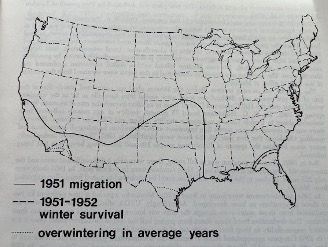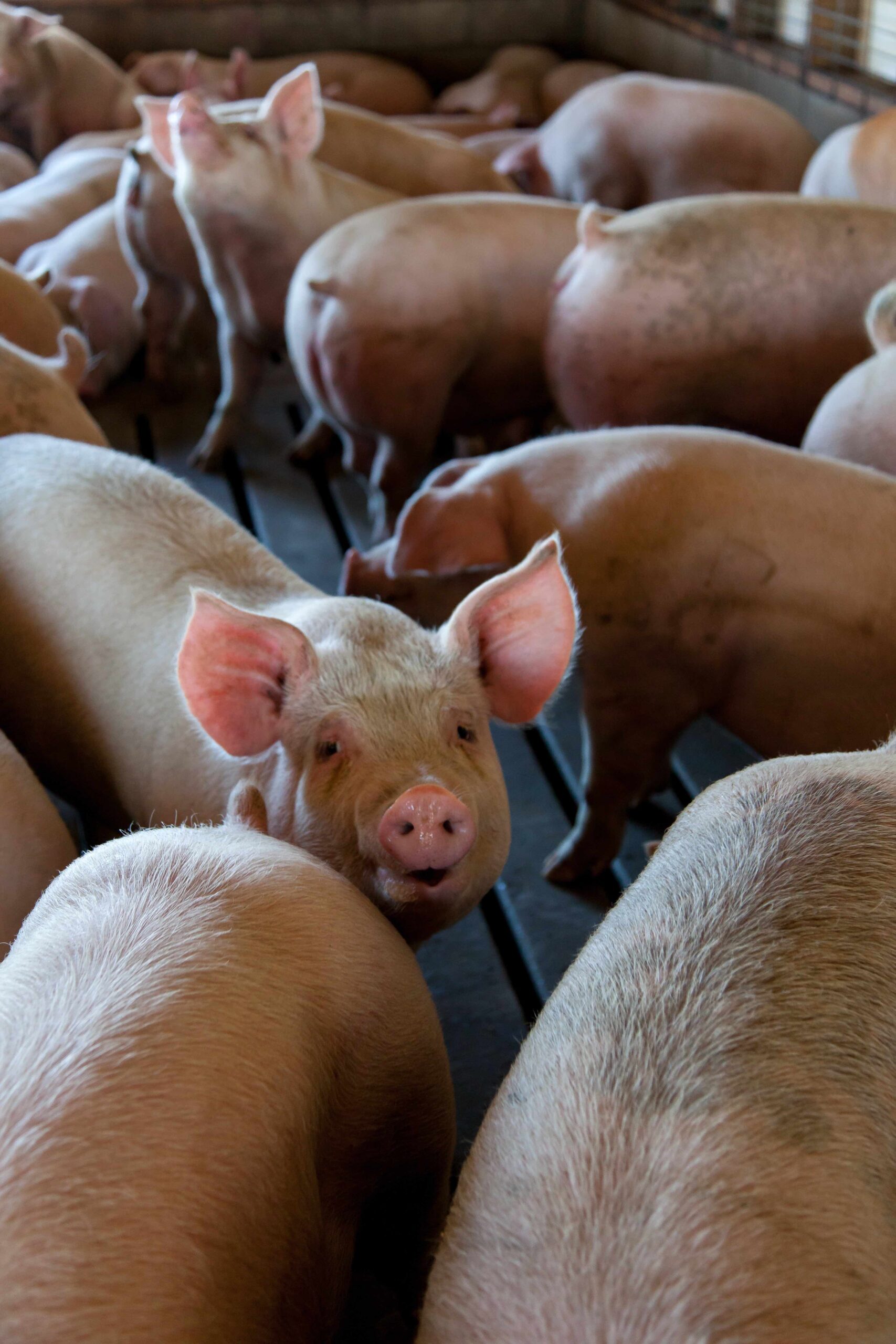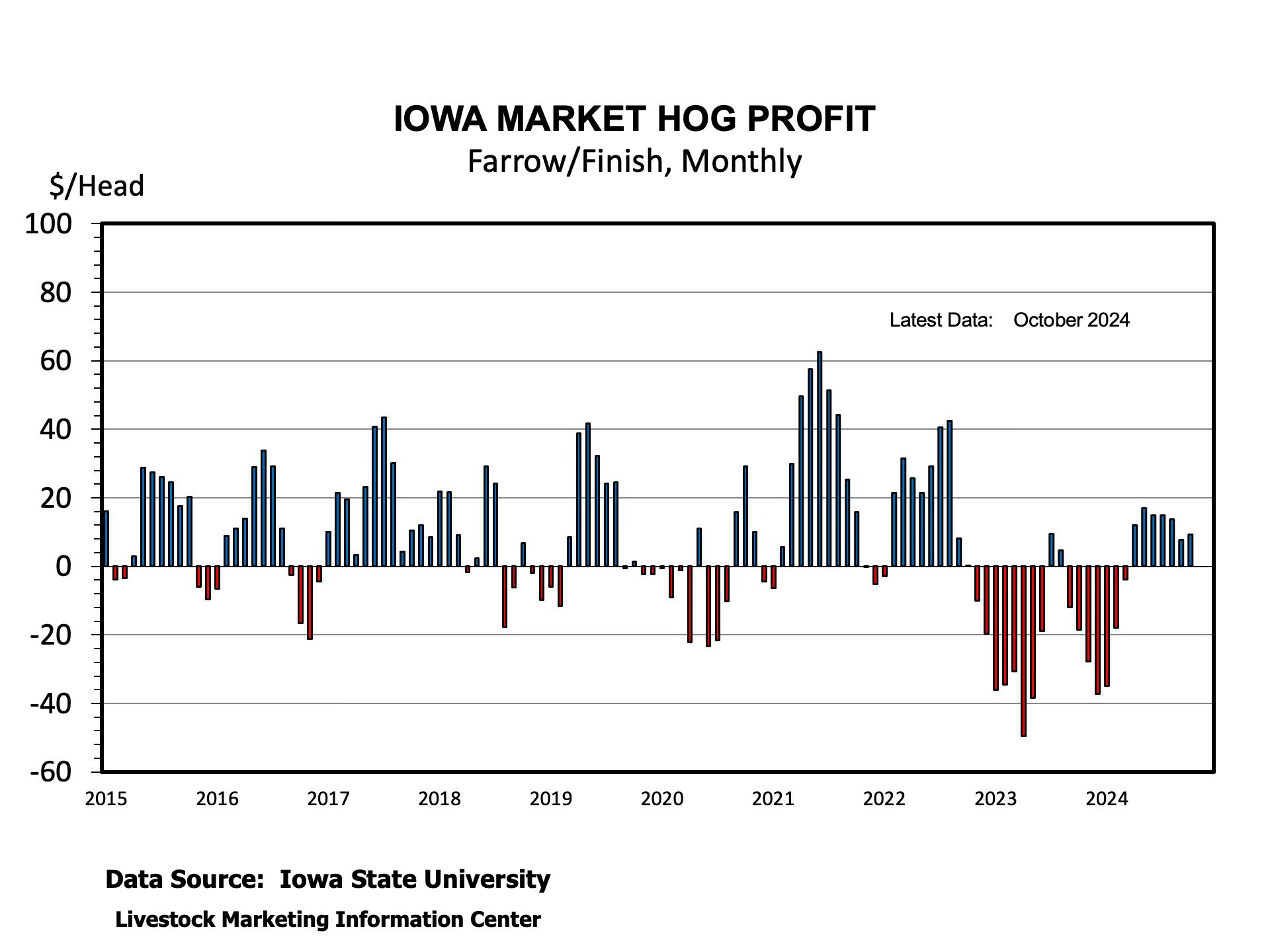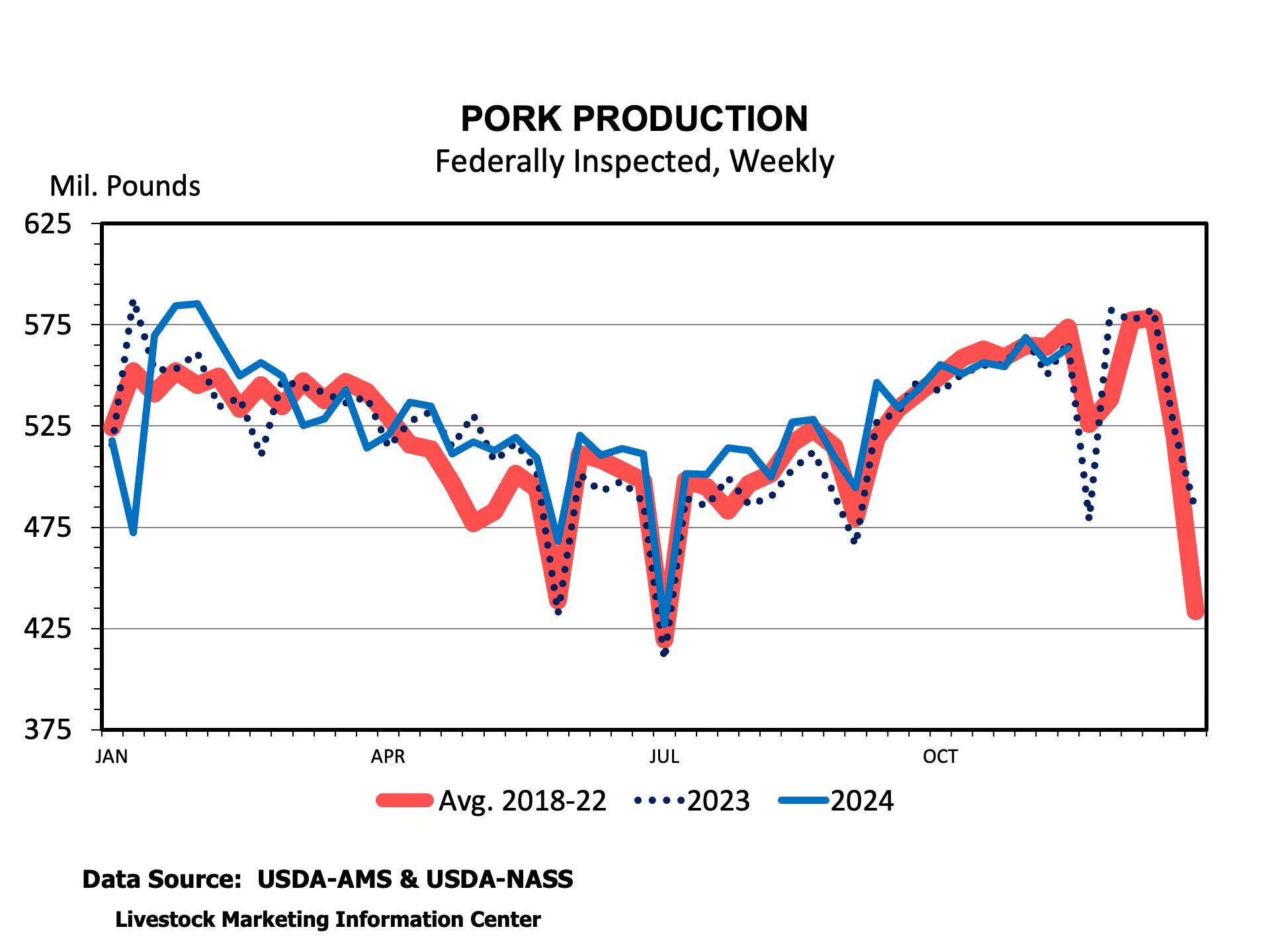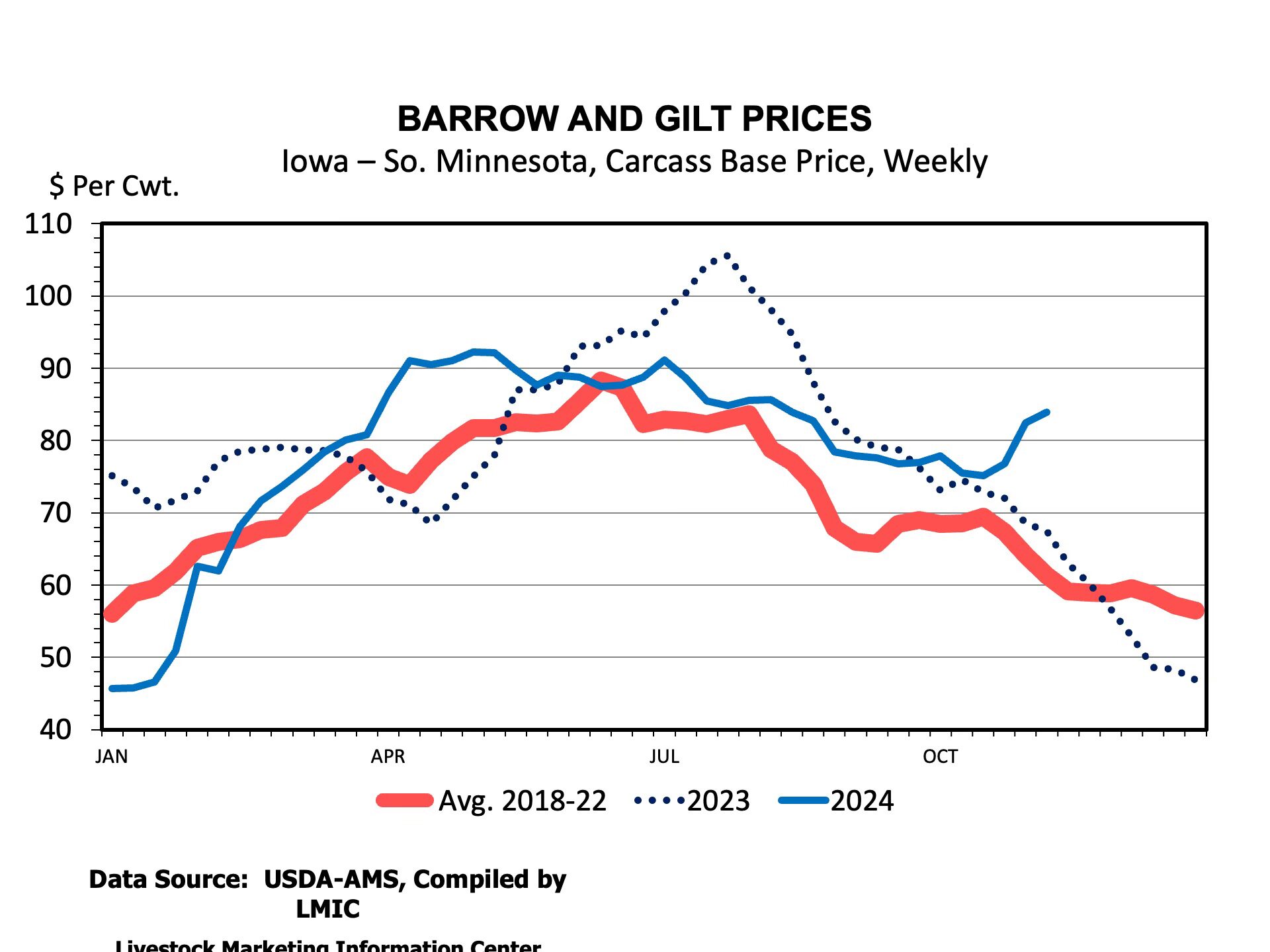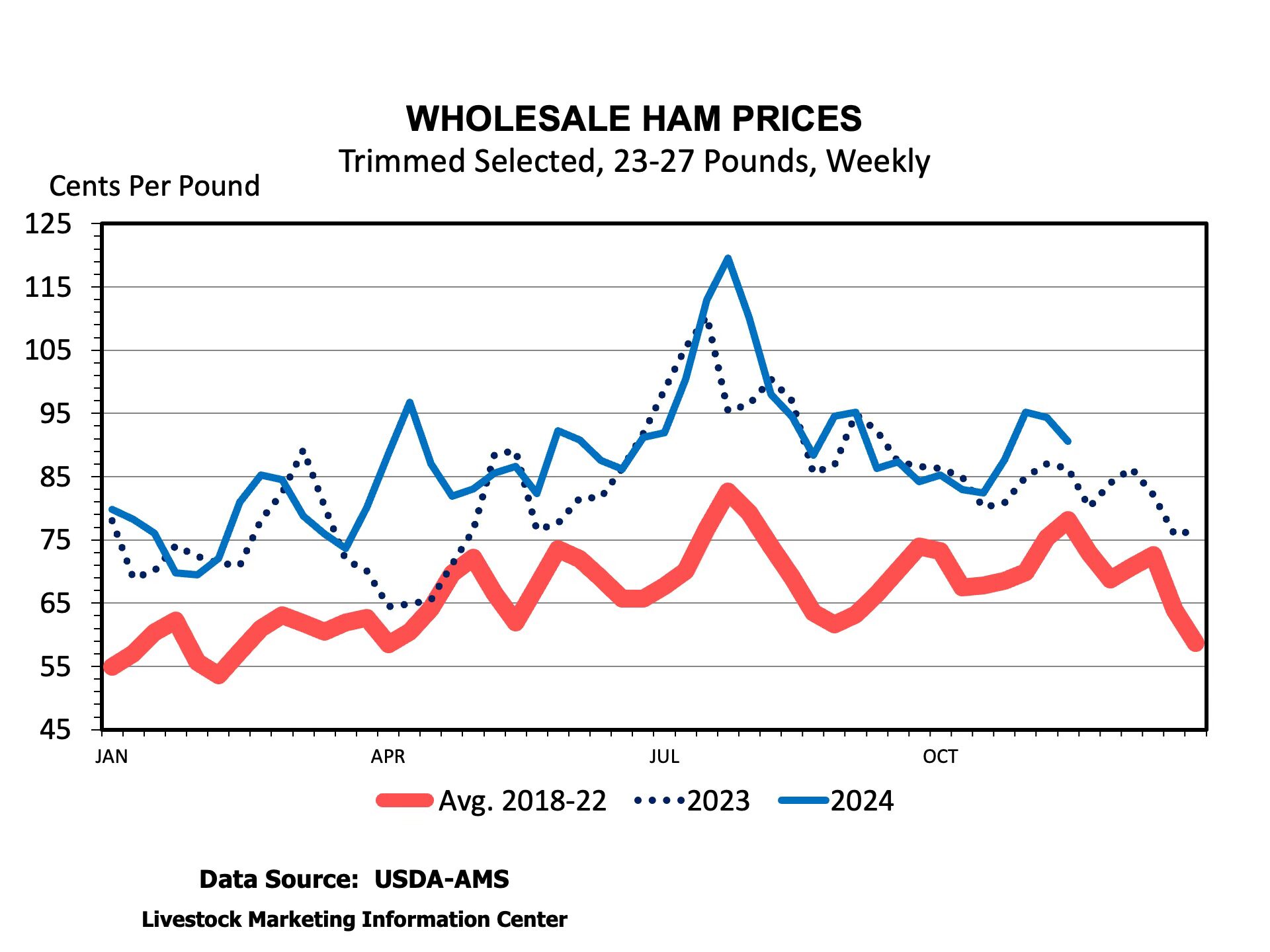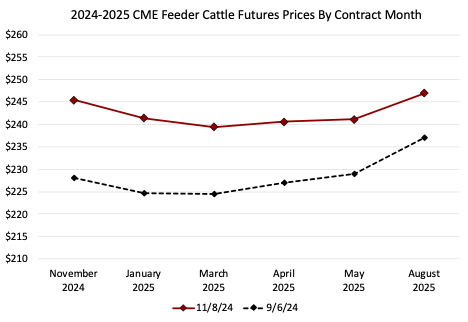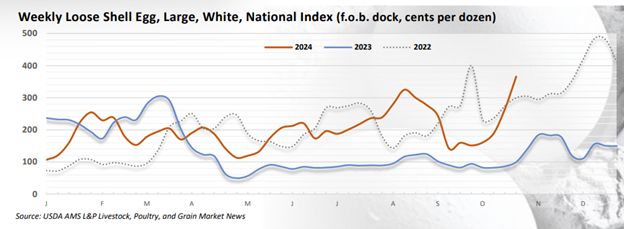The foundation of cattle production is forage availability and management. Poor forage growing conditions require cattle producers to incur increased feed costs or forced culling decisions. With drought conditions looming it’s a good time to think about the Livestock Forage Disaster Program (LFP) program. USDA Farm Service Agency (FSA) administers the LFP designed to financially assist livestock farmers burdened with increased costs associated with a loss of forage due to drought and/or wildfire.
Prior to 2008, livestock and forage producers had limited options to manage risk from disasters, except post-hoc disaster funding. The Food, Conservation, and Energy Act of 2008 (2008 Farm Bill) formed LFP, funded by the Agricultural Disaster Relief Fund. Permanent authorization of LFP occurred in The Agricultural Act of 2014 (2014 Farm Bill), with funding authorized through the Commodity Credit Corporation (CCC).
While the Southeast may not be an area of the country considered prone to drought and lost forage due to drought, from 2011-2021, Southeast livestock producers received approximately $3.7 billion in payments from LFP. Provided that a producer meets FSA eligibility requirements, payments are calculated based on the number of months of eligible drought and a payment rate. The payment rate is based on the type of livestock and also is a percentage of a measure of monthly feed costs or carrying capacity of the land. The number of payments or months of payment is based on drought severity and duration based on the U.S. Drought Monitor. In this way, total payment calculations are a function of drought conditions, cattle inventory, and producer participation.
As shown in Figure 1, at a state level, total payments over the 2011-2021 period are greatest for Oklahoma, Texas, and Arkansas. This makes sense as the 2011-2012 drought resulted in a large number of payments with a high payment amount for producers in Texas, Oklahoma, and Arkansas in 2012 and 2013. Yet, Figure 1 also shows that producers across the Southeast have utilized this program. In 2016 and 2017, a total of $106 million for Alabama producers and $29 million for Mississippi producers was disbursed following a particularly devastating drought.
Figure 1: County-level total payments distributed to livestock producers as part of the Livestock Forage Disaster Program for accounting years 2011-2021.

As 2024 draws to a close, it is important to consider growing conditions over the last year and potential payments under LFP. On November 12th, 83% of the contiguous United States was in D0-D4 or experiencing abnormally dry to exceptional drought. In the Southeast, drought conditions have shifted over the summer, with some parts of the region experiencing severe and exceptional drought. The USDA publishes weekly county-level eligibility for LFP payments based on pasture type. As of November 14th, 247 counties in the Southern Ag Today region were eligible for payments on improved pastures, 234 counties were eligible for payment for native pastures, and 123 counties were eligible for payments on improved mixed pastures. While some counties are only eligible for 1 month of payment, others are eligible for 5 months this year. Other types of pastures are also eligible for payment but are not discussed here. Eligible producers have 30 days from the end of the calendar year when the qualifying drought occurred to apply. For more information, consult the USDA Fact Sheet and your local FSA office.
Figure 2: Eligible counties and number of program months for payment under improved pasture as part of the Livestock Forage Disaster Program for 2024 as of November 14, 2024.

Figure 3: Eligible counties and number of program months for payment under native pasture as part of the Livestock Forage Disaster Program for 2024 as of November 14, 2024.

Thayer, Anastasia, Matthew Fischer, and Braeden Mull. “A Look at the Livestock Forage Disaster Program.” Southern Ag Today 4(49.2). December 3, 2024. Permalink

